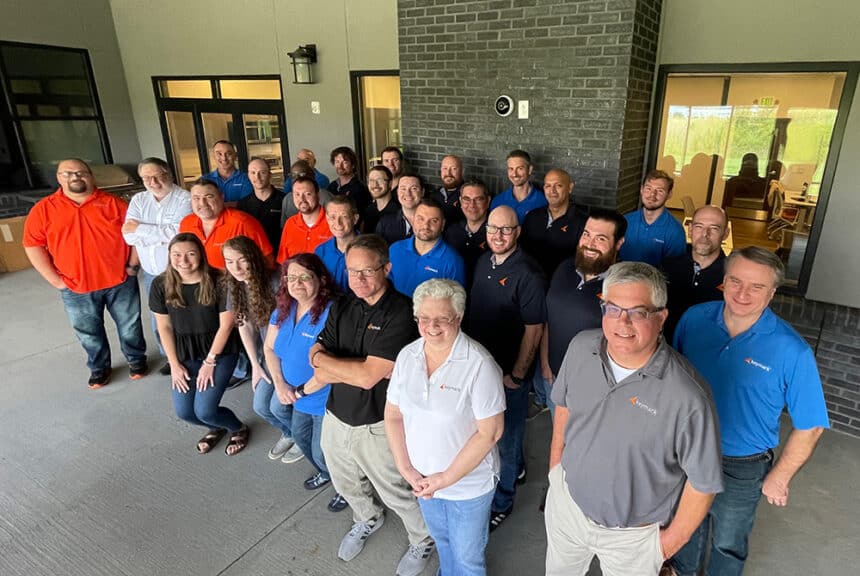RPA Implementation Methodology
As you consider a robotic process automation implementation for your organization, make sure you have planned the right starting point. While just about any digital process can be automated, you should have an understanding of the limitations of RPA and types of processes that are a natural fit. If you still need a starting point, visit our article 70 Manual Processes That Bots Can Do Better.
As you seek to identify the best process to start with, here are 5 questions we ask before every RPA project.
1. Is the process rule-based?
Here’s why: An automated process will need to be broken down into a series of “if/then” statements that a non-thinking machine can execute based on the available data.
The tasks for the process you choose must have clear instructions for execution. They also need static business rules that rely solely on digital inputs made available to the digital worker.
2. Is the data used by the process structured and in a digital format?
The information required by the digital worker to make the “if/then” decisions must be in a structured, machine-readable format. ‘Structured’ refers to the data being in a consistent location. That might mean it lives in a database field, a specific column in a spreadsheet or a value on a screen within an application.
Examples of machine-readable data include information in Excel spreadsheets, Word documents, Comma Separated Value (CSV) text files, XML, etc.
3. Is the process repetitive and high volume?
Humans typically do not like to do the same task over and over. Digital workers love repetition. They perform tedious tasks quickly, consistently and without errors that are common with repetitious work. Make sure to pick a task that is highly repetitive and with high volume to ensure you’re maximizing your RPA ROI.
Speaking of ROI, once you have a process in mind, bounce it against our RPA ROI Savings Calculator to ensure your return on investment.
4. Is there organizational consensus on the steps & decisions required to complete the process?
There should be alignment on the details of a process before it is considered for automation. When multiple employees are responsible for the same process, it is common for there to be differences in the steps each employee takes to complete the process.
However, no matter how you set it up, a digital worker needs a single, well-defined path through the process. This includes all decisions that impact any variation in the process steps. Be sure to standardize the process before it gets automated.
5. Is the process documented with the steps & decision points required to complete the process?
In order for a process to be automated, it must first be fully documented to reflect the steps taken on a “click-level.” This speaks to what type and how many clicks of a mouse are made as part of the process.
“Click-level” documentation is not needed initially, but there should be some level of documentation before starting the automation. The more detailed the starting documentation, the better.
Of course, the documentation also needs to be an accurate representation of how the process is performed by your employees. Examples of good starting documentation include training materials, Standard Operating Procedures, user guides and flow charts.
Trying to Decide Which RPA Provider to Choose?
These considerations should help your RPA implementation methodology, so you can ensure you are starting with the right process. Have you decided on an RPA software, yet?
When KeyMark selected Blue Prism as its RPA software of choice, we did a lot of research. We started with the Gartner Magic Quadrant Robotic Process Automation leaders. We knew we wanted an RPA provider with a lot of experience and a superior product.
To see our findings, take a look at our RPA Tools Comparison Matrix.



